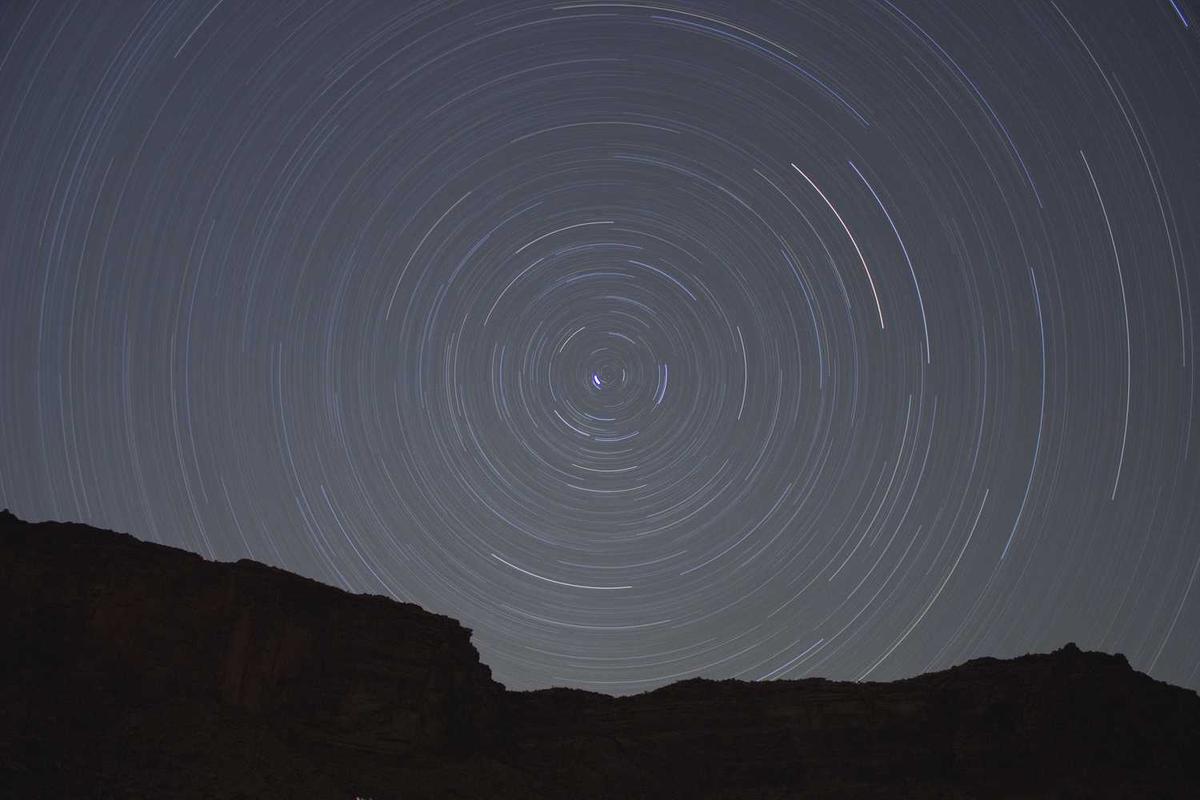Analyzing the Artwork’s Style and Characteristics
The first step in identifying an unknown artist is a thorough examination of the artwork itself. Consider the following aspects:
- Subject Matter: What is depicted in the artwork? Portraits, landscapes, still lifes, or abstract forms offer clues about the artist’s interests and potential period.
- Style: Is the artwork realistic, impressionistic, abstract, surreal, or another recognizable style? Identifying the style can narrow down the potential artists and time periods.
- Medium and Technique: Note the materials used – oil paint, watercolor, acrylic, sculpture, etc. – and the techniques employed. Brushstrokes, carving methods, or other technical aspects can be indicative of specific artists or schools of art.
- Composition: How are the elements arranged within the artwork? The composition can reveal influences and artistic preferences.
- Color Palette: The artist’s use of color – vibrant, muted, monochromatic – can be a distinguishing characteristic.
- Signature and Inscriptions: While some artists don’t sign their work, examine the piece carefully for any signatures, initials, dates, or inscriptions. Even partial signatures can be helpful.
- Support and Framing: The material the artwork is created on (canvas, paper, wood panel) and the style of framing (if any) can offer clues about its age and origin.
FAQ: What if the signature is illegible?
If the signature is difficult to decipher, try photographing it under different lighting conditions or using image editing software to enhance its visibility. You can also compare it to known artist signatures online.
Online Art Databases and Resources
Leverage the power of the internet to aid your search. Numerous online resources can be invaluable:
- Art Auction Databases: Websites like Sotheby’s, Christie’s, and other auction houses maintain online catalogs of past sales, often with images and artist information.
- Museum Collections: Many museums have online databases of their collections, which can be searched by style, medium, and other criteria.
- Art History Research Sites: Explore websites dedicated to art history, such as the Getty Research Institute or the Artstor Digital Library, for scholarly articles and resources.
- Reverse Image Search: Use Google Images or other reverse image search engines to find visually similar images online. This can lead you to other instances of the artwork or works by the same artist.
- Online Art Forums and Communities: Engage with art enthusiasts and experts in online forums dedicated to art identification and appraisal.
FAQ: Are online appraisals accurate?
Online appraisals can provide a preliminary estimate of value, but they shouldn’t be considered definitive. For a formal appraisal, it’s essential to consult with a qualified art appraiser in person.
Consulting with Art Appraisers and Experts
For definitive identification and appraisal, consulting with qualified professionals is crucial:
- Art Appraisers: Certified art appraisers have the expertise to assess the authenticity, provenance, and market value of artwork. They can also provide insights into the artist and the artwork’s history.
- Art Dealers and Gallery Owners: Specializing in specific periods or styles, art dealers can offer valuable information about artists and their works.
- Museum Curators and Art Historians: These experts possess deep knowledge of art history and can provide valuable context and insights into the artwork’s origins.
- Conservation Scientists: Scientific analysis of the artwork’s materials and techniques can provide further evidence about its age and authenticity.
FAQ: How do I find a reputable art appraiser?
Look for appraisers who are certified by reputable organizations like the Appraisers Association of America or the International Society of Appraisers. Check their credentials, experience, and specializations.
FAQ: How much does an art appraisal cost?
The cost of an appraisal varies depending on the complexity of the artwork and the appraiser’s fees. It’s best to contact several appraisers to get quotes and compare their services.
Conclusion
Identifying an unknown artist can be a fascinating journey of discovery. By combining careful analysis, online research, and consultation with experts, you can uncover the story behind your artwork and potentially reveal its true value. While the process may require patience and persistence, the rewards can be significant, adding depth and meaning to your appreciation of art.
Ready to begin your art investigation? Start by analyzing the artwork’s characteristics and exploring online resources. If you need further assistance, don’t hesitate to contact a qualified art appraiser.
